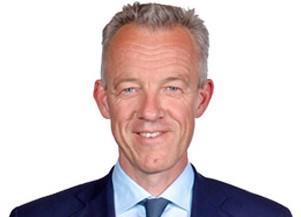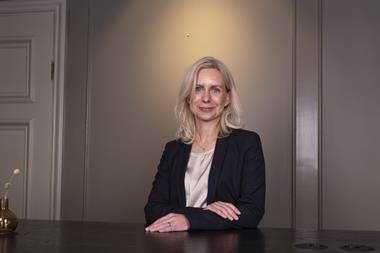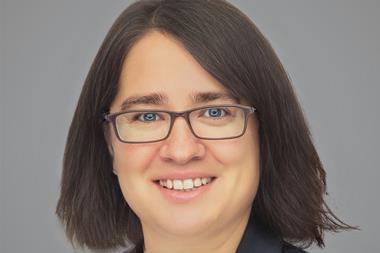LATVIA – The Latvian national second pillar pension plan will be launched on July 1, with a little help from the Swedes.
Consultant KPMG’s Stockholm office is developing a PPM-type system to be included in the Latvian State Social Insurance Agency’s (SATUR) structure.
Starting from this summer, Latvian workers will contribute 2% of their gross salary to a national pension fund, managed initially by the state treasury.
“Approximately 250,000 Latvians will have to join in the scheme and then there about half a million of those who have a choice of joining it, it’s based on age structure. For those under 30 it’s mandatory and for those between 30 and 49 it’s voluntary. No estimates have been made about how many of the employees in the older age group will join the scheme because it is very difficult to say,” says Laima Zilite at the Latvian State Social Insurance Agency.
The Latvian second pillar system will be based on the experience of the Swedish premium pension system, but will be adjusted to the current first state pension plan.
“The difference is that in PPM we have a specific agency that takes care of the pensions, but in Latvia we’ll add a new functionality to an existing agency, the state social insurance agency,” says Andreas Dencker, project leader at KPMG in Sweden.
Currently Latvians pay a 20% contribution to the first tier pension system, which will now be divided into two.
Initially 18% will go to the first pillar scheme, and 2% to the second pillar scheme.
Until the end of 2002 the fund will be invested in government bonds and cash deposits by the state treasury, after which external fund managers will be appointed.
The computer system for the new retirement plan will be developed by IBM, while KPMG will model the organisation structure, business plan and accounting.
“Now we are just focusing on the first phase, and will start planning with the Latvians on what is going to happen when external managers will be involved, I think there will be some local managers by then, but it is difficult to say how many,” says Dencker.
As with other European countries the Latvian scheme is being established mainly because of demographic reasons, and to hopefully boost the national economy, says Zilite.
“The system will, first of all, provide some long-term resources for the economy and it gives a possibility not to raise taxes; after all, our demographic situation is very serious at the moment. Then we have to think in terms of the future. We would have to change contribution rates if we did not introduce the second tier,” she argues.
“We also have estimates that this could benefit our overall economic growth, and also the growth of average salary, which is something that will benefit the current pensioners also. “ Currently, the average pensions are very low, but from the next year pension benefits will also be wage indexed and not just consumer price indexed, as they have been so far,” concludes Zilite.
The main advertisement campaign for the new pension system will start in May, says Dencker at KPMG












No comments yet